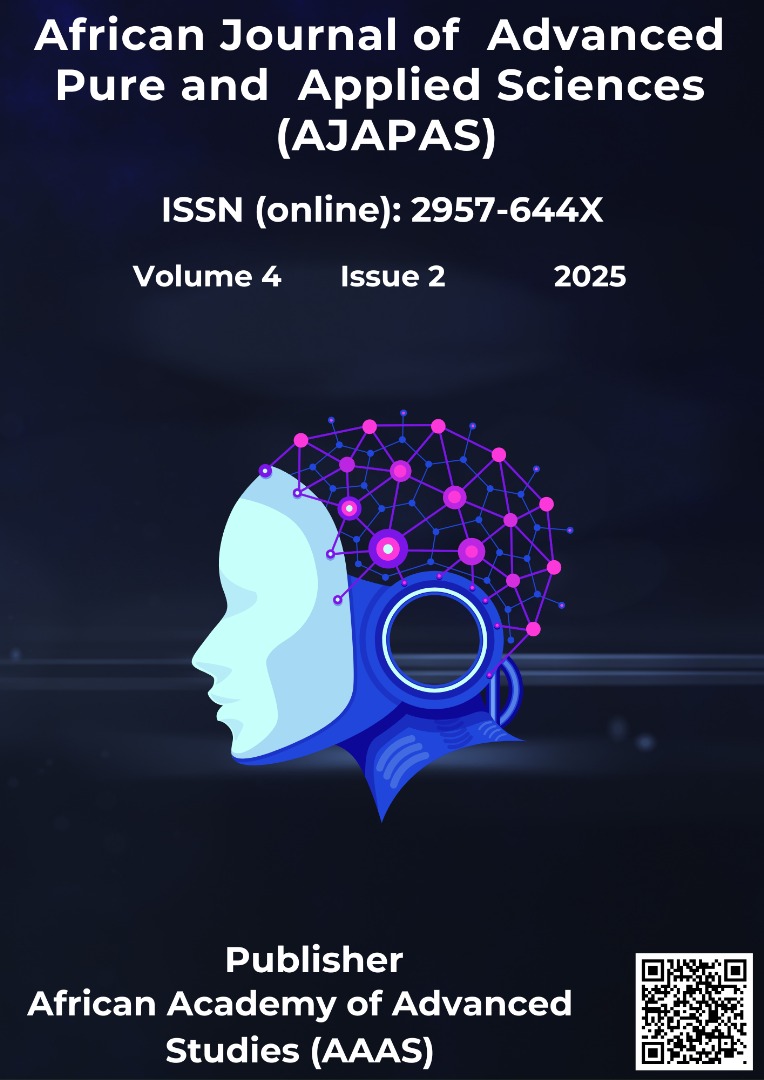A study of the relationship between the incidence of congenital hyperbilirubinemia and specific physiological criteria in a sample of births from sanatoriums and Bani Waleed General Hospital
Keywords:
Jaundice, Hyperbilirubinemia, Breastfeeding, Bani waleed.Abstract
Jaundice is a prevalent condition encountered by newborns during the first week of life. It is particularly common among those born preterm and is regarded as a natural phenomenon that occurs in over 55% of newborns, typically resolving gradually. This study aims to identify the incidence of elevated bile substances and examine their association with factors such as the sex of the fetus and the type of lactation in newborns in the city of Bani Waleed. The investigation involved 150 newborns from specialized medical facilities, including Bani Waleed Hospital, Avicenna Sanatorium, and Al-Yaqeen Laboratory. Conducted between July and September 2023, data were collected from mothers using a disease-related questionnaire, followed by laboratory tests to assess bilirubin levels in the newborns' blood. Results indicated that 67% of children with hyperbilirubinemia exhibited bilirubin levels averaging 6.747 ± 4.1433 mg/dL. Furthermore, there was a statistically significant increase (p < 0.05) in serum bilirubin levels in newborns with neonatal jaundice who were reliant on artificial feeding and those with a blood group incompatible with that of their mothers. Notably, the Rh factor distribution revealed that 59% of mothers were Rh-negative and 41% Rh-positive, while 68% of newborns were Rh-negative and 32% Rh-positive. This discrepancy poses a significant risk for fetal hemolysis.





